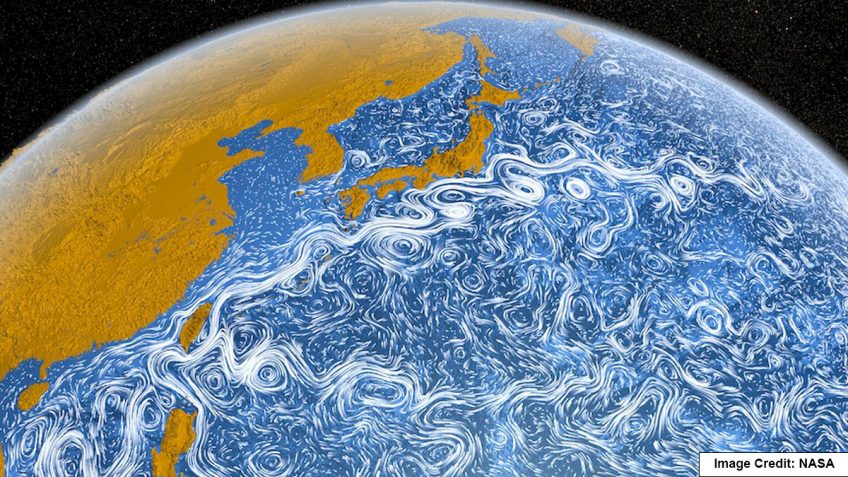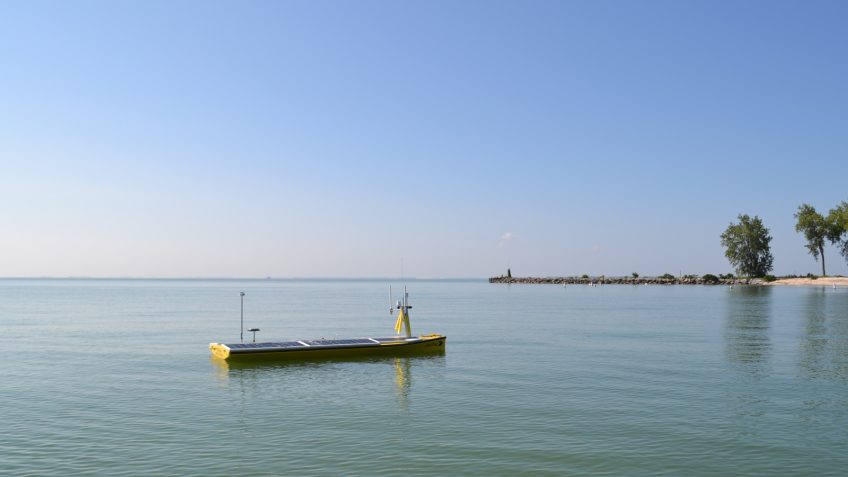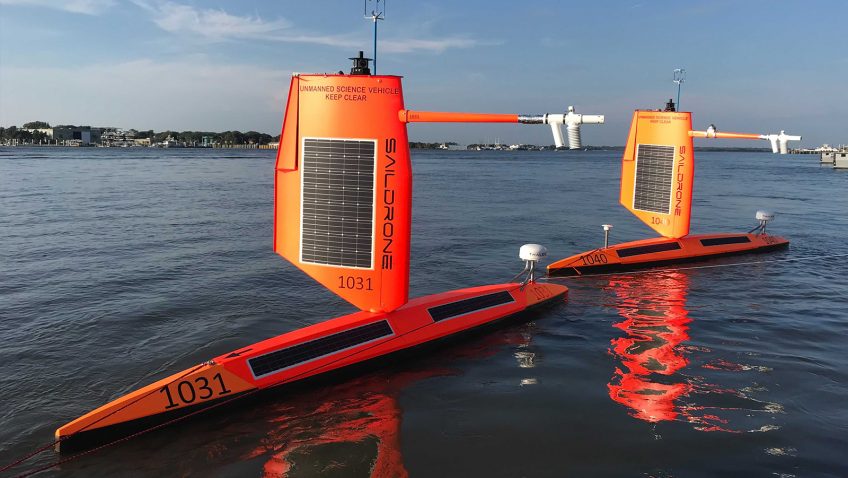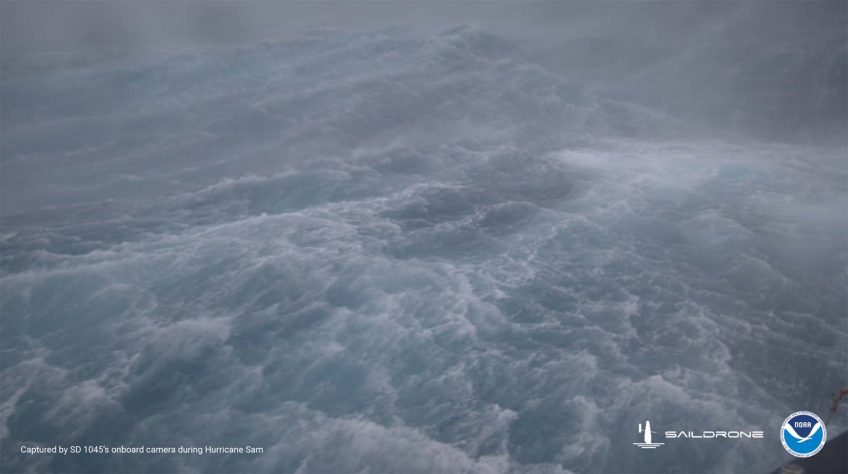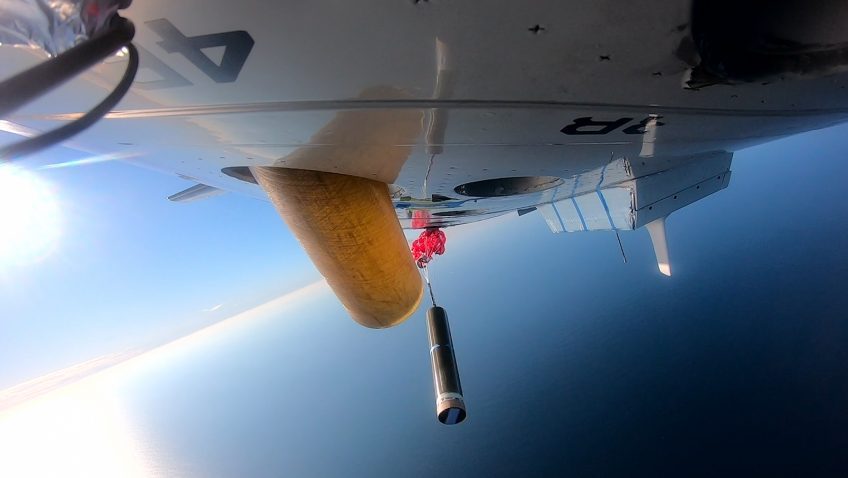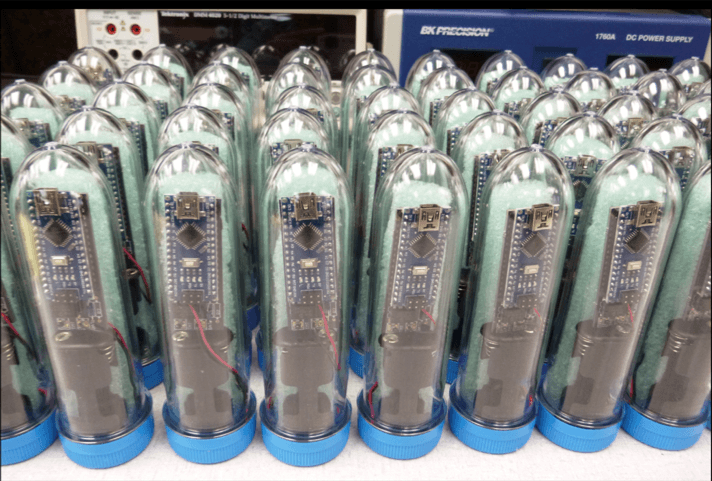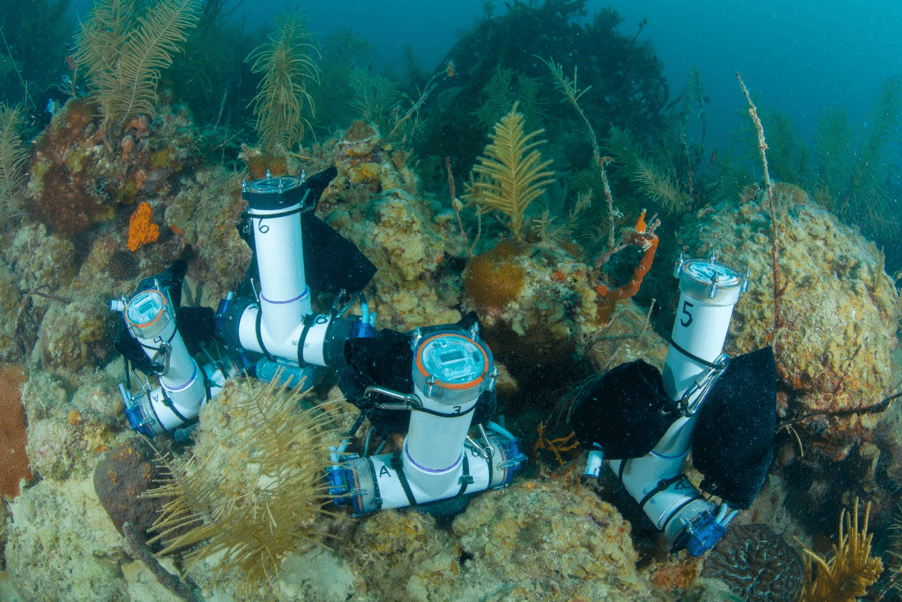Alkalinity enrichment in the lab may be the key to more effective reef restoration. An innovative Ph.D. student puts this hypothesis to the test using cutting-edge technology. In a tank filled with glass jars, stir bars, and coral babies settled onto ceramic tiles, a robotic arm glides with precision, dosing each jar with various levels […]
Read Full Article
In 2018, an Australian couple curiously stumbled upon a bottle of gin washed ashore in Wedge Island, Australia. Yet, there was no gin inside. Rather, preserved within the bottle was a note with the date June 12th, 1886; the name of a German barque, Paula; the ship’s departure and arrival ports; and the exact coordinates […]
Read Full Article
Research Highlights December 7, 2022New study finds that seventy percent of Florida’s coral reefs are erodingNovember 17, 2022Congratulations to the Winners of 2022 Department of Commerce and NOAA Awards!August 8, 2022Coral Rescue in Miami Beach Research Interests My research interest is in coupling biogeochemical dynamics between benthic and pelagic systems; calcium carbonate geochemistry; and exploring [...]
Read Full Article
For engineers and scientists, sometimes failure means progress. When developing a new technology, the process is to field test, fail, tweak, and test again, each time failing a little less and learning what does and does not work until – finally – they get it right. On August 5, 2023, scientists from NOAA’s Great Lakes […]
Read Full Article
For the first time ever, Saildrone Inc. and NOAA have used an uncrewed surface vehicle to collect oceanic and atmospheric data from inside the eye of a hurricane. On September 30th, 2021 saildrone 1045 travelled directly into Category 4 Hurricane Sam.
Read Full Article
Saildrone Inc. and the NOAA have released the first video footage gathered by an uncrewed surface vehicle (USV) from inside a major hurricane barreling across the Atlantic Ocean.
The Saildrone Explorer SD 1045 was directed into the midst of Hurricane Sam, a category 4 hurricane, which is currently on a path that fortunately will miss the U.S. east coast. SD1045 is battling 50 foot waves and winds of over 120 mph to collect critical scientific data and, in the process, is giving us a completely new view of one of earth’s most destructive forces.
Read Full Article
In January 2021, AOML in partnership with NOAA’s Aircraft Operations Center (AOC) completed the air launch testing of the Air-Launched Autonomous Micro-Observer (ALAMO) profiling float. This testing cleared the ALAMO floats for flight and deployed from the NOAA P3 Hurricane Hunter aircraft during their hurricane reconnaissance missions. The data collected and transmitted by the ALAMO floats will be used to understand the ocean’s interaction with tropical cyclones and improve coupled hurricane forecasting models.
Read Full Article
Researchers with AOML’s Ocean Chemistry and Ecosystems Division have entered into a collaborative agreement with Reef Check Foundation to deploy an AOML-designed temperature sensor at coral reef sites around the world. Measuring only six inches in height, the inexpensive, highly-accurate sensors will greatly enhance efforts to more precisely monitor small-scale temperature fluctuations that occur at reefs over time and at various depths.
Read Full Article
AOML researchers have taken an innovative approach to studying the changing carbonate chemistry of seawater at shallow coral reef sites. Using 3D printing technology made possible by the new Advanced Manufacturing and Design Lab at AOML, researchers with the Acidification, Climate, and Coral Reef Ecosystems Team, or ACCRETE, have created a water sampler in-house.
Read Full Article
Ocean Chemistry & Ecosystems The Ocean Chemistry and Ecosystems Division supports NOAA's mission to understand our oceans and coasts, aid conservation and management of marine ecosystems, and predict changes to these valuable resources. We work on a variety of research topics including the global rise of carbon dioxide, the ability of our ecosystems to support [...]
Read Full Article

